Picture this. You’re shopping for a new flashlight or trying to brighten up a workspace. You keep seeing terms like candela and lumen in the product specs.
It’s easy to get lost in the technical jargon. Most of us just want something that shines bright and meets our needs.
Measuring light accurately is more important than it seems.
Understanding how different measurements work helps you choose the right tool.
Whether you need a long-reaching beam for a searchlight or a wide glow for your office you’ll make a better choice.

In this guide we’ll clear up any confusion about the difference between candela and lumen.
By the end you’ll know which metric matters most for your situation.
What Is a Lumen?
A lumen represents the total amount of visible light emitted by a source. Think of it like a “light bucket” that catches all the brightness a bulb or flashlight produces in every direction. This makes lumens particularly helpful when you need to gauge how much overall light you’ll get in a broad area—like when you want a room fully illuminated or a workspace evenly lit.
What Is a Candela?
A candela, on the other hand, measures the intensity (or “throw”) of light in just one specific direction. Rather than capturing all the light in a bucket, candela hones in on how far or focused that beam can be. If you’re aiming for a tight spotlight or a beam that cuts through the darkness over a long distance, candela is the measurement to watch.

Candela vs Lumen, What’s the Difference?
In a nutshell, beam focus and total output are entirely different considerations—so you really can’t compare candela and lumens one-to-one. Two flashlights might share the same lumens yet deliver dramatically different real-world performance if one channels its light narrowly while the other spreads it out more.
Take our illustrative example:
- Flashlight “A” packs 500 lumens into a tight beam, creating a high-intensity hotspot.
- Flashlight “B” also has 500 lumens but uses a wide flood beam for broad coverage.
Both flashlights technically have the same total light output (lumens), but “A” will appear much brighter in its focused area—making it great for spotting objects at a distance. Meanwhile, “B” offers softer, more even illumination over a larger space.
That’s why candela (which measures intensity in a specific direction) ends up being just as important as lumens when you’re trying to figure out how bright a light will seem in real use.
Beam angle plays a huge role in how we perceive brightness, which is why one flashlight can be perfect for narrow, long-range visibility while another excels at covering a wider field without a harsh hotspot.

Practical Applications & Examples
Flashlights and Searchlights
If you’re looking for a beam that can reach far, high candela is your best friend. This is especially true for searchlights or flashlights used in outdoor adventures, search-and-rescue operations, or security patrols.

Because the beam is more focused, you get long-range visibility even if the total light output (lumens) isn’t sky-high. If your main priority is to see objects from a distance, you won’t need the broad, room-filling brightness that a high lumen rating provides.
General Room Lighting or Workspaces
On the other hand, if you’re lighting a living room, workshop, or office, high lumens matter more. You typically want broad coverage so everyone can see comfortably. In these scenarios, the focus or beam throw isn’t as crucial, which is why the candela rating is less critical.
Instead, you need an overall glow that brightens the entire area. So for everyday indoor lighting, a fixture with a higher lumen rating ensures you’re not squinting in dim corners.
Choosing the Right Metric for Your Needs
When Candela Is More Important?
If you need a tight, concentrated beam—like for a spotlight, security light, or task light—then candela is key. It tells you how far the light can reach in a specific direction. The higher the candela, the more intense and focused the beam, making it perfect for illuminating distant objects or narrow targets.
When Lumens Are More Important?
For everyday ambient lighting in a wide space—think living rooms, open offices, or outdoor patios—you’ll want more lumens. This measurement reflects the total amount of visible light emitted, giving you a broad, well-lit area. If you want to avoid shadows and dim corners, focus on fixtures with higher lumen values.

Evaluating Both
Sometimes, you need the best of both worlds. For example, a flashlight that provides a decent throw for long-distance visibility but also enough brightness to illuminate a nearby campsite. In that case, pay attention to both candela and lumens to strike the right balance between distance and overall brightness.
Additional Tips for Buyers & Enthusiasts
Reading Product Specs
Before making a purchase, be sure to check a flashlight or light fixture’s listed candela and lumens. If a product only gives you one or the other, it may not tell the whole story. Aim for a clear idea of how far the beam can go (candela) and how bright it is overall (lumens).
Don’t Forget Reflector & Beam Angle
Even the same light source can perform differently based on design factors like the reflector shape and beam angle. A more focused reflector will boost candela, while a wider angle can spread those lumens across a larger area. Keep this in mind when deciding which type of beam best suits your needs.
Key Differences Between Candela and Lumen
| Aspect | Lumens | Candela |
|---|---|---|
| Definition | Measures total light output in all directions (overall brightness) | Measures light intensity in a specific direction (beam throw) |
| Key Focus | Overall brightness | Distance/spot intensity |
| Typical Use | Ambient or area lighting, wide coverage | Flashlights, searchlights, spotlights where long-range visibility is needed |
| Example | Living room bulb, workshop light | Security light aimed at a distant point, long-distance flashlight |
| Measurement Method | Usually tested with an integrating sphere to capture total output | Measured using a lux meter at a specific distance to gauge beam intensity |
| When It Matters Most | Illuminating broad spaces, reducing shadows in large rooms | Targeting objects far away, needing a focused, intense beam |
| Drawback | Doesn’t tell you how far light will reach or how focused it is | Doesn’t reflect overall brightness across a room or area |
Conclusion
Now that you understand the difference between candela and lumens, you can confidently choose the right lighting for your needs.

Candela is all about beam intensity and distance, while lumens measure overall brightness.
There’s no universal “best” metric—just the one that fits your specific application.
By matching the right measurement to your real-world requirements, you’ll avoid overspending and ensure you’re not left in the dark.
Ready to make the right choice?
Use this guide to evaluate your lighting options based on your unique requirements.
Share your lighting needs or experiences in the comments—we’d love to help you find the perfect solution!
FAQs
Q. Can You Convert Lumens to Candela?
A common misconception is that you can directly convert lumens into candela. In reality, lumens measure overall light output, while candela focuses on directional intensity. Because they measure different aspects, there’s no simple one-to-one conversion.
Q. Is One Better Than the Other?
Neither candela nor lumens is “better” by default. It all depends on your application. If you want light to stretch far into the distance, candela is essential. For bright, wide coverage, lumens should be your priority.
Q. Can You Have Both High Lumen and High Candela in the Same Flashlight?
Yes, but it often requires a more advanced design—such as a well-crafted reflector or lens system—to maintain strong beam focus (candela) while also delivering high total output (lumens). Such flashlights may be pricier, but they combine powerful distance reach with bright overall illumination.
Q. Does a Higher Lumen Rating Always Mean a Better Flashlight?
Not necessarily. High lumens can make a flashlight appear bright overall, but if the beam isn’t well-focused, it might not reach far. You’ll need to balance lumens and candela based on whether you want a wide flood or a powerful spotlight.
Q. When Should I Ignore Candela Completely?
If you’re lighting up a small, enclosed space where throw distance isn’t important, candela can be a lower priority. For example, when you need broad illumination in a closet or pantry, the total light output (lumens) is what really counts.


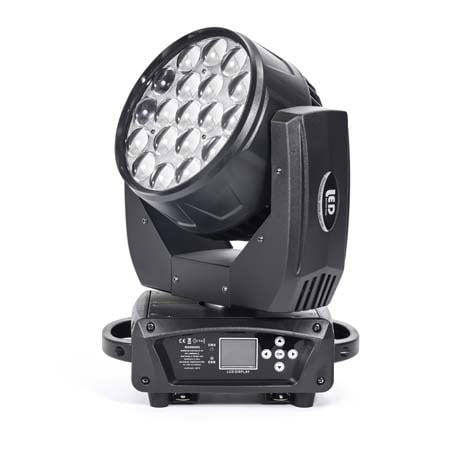





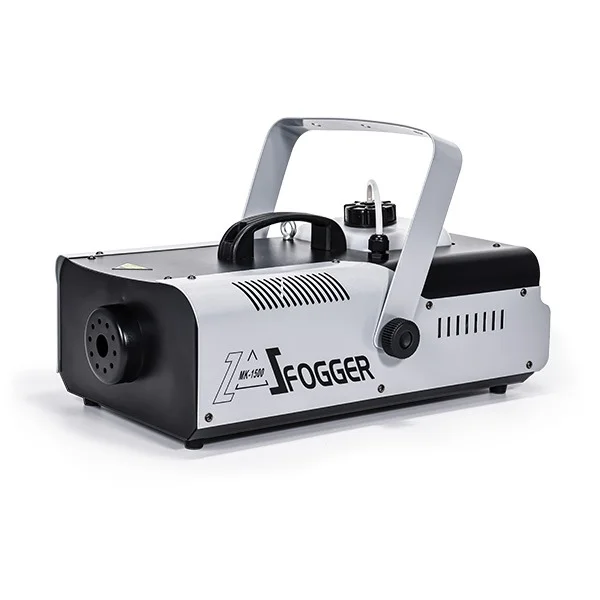
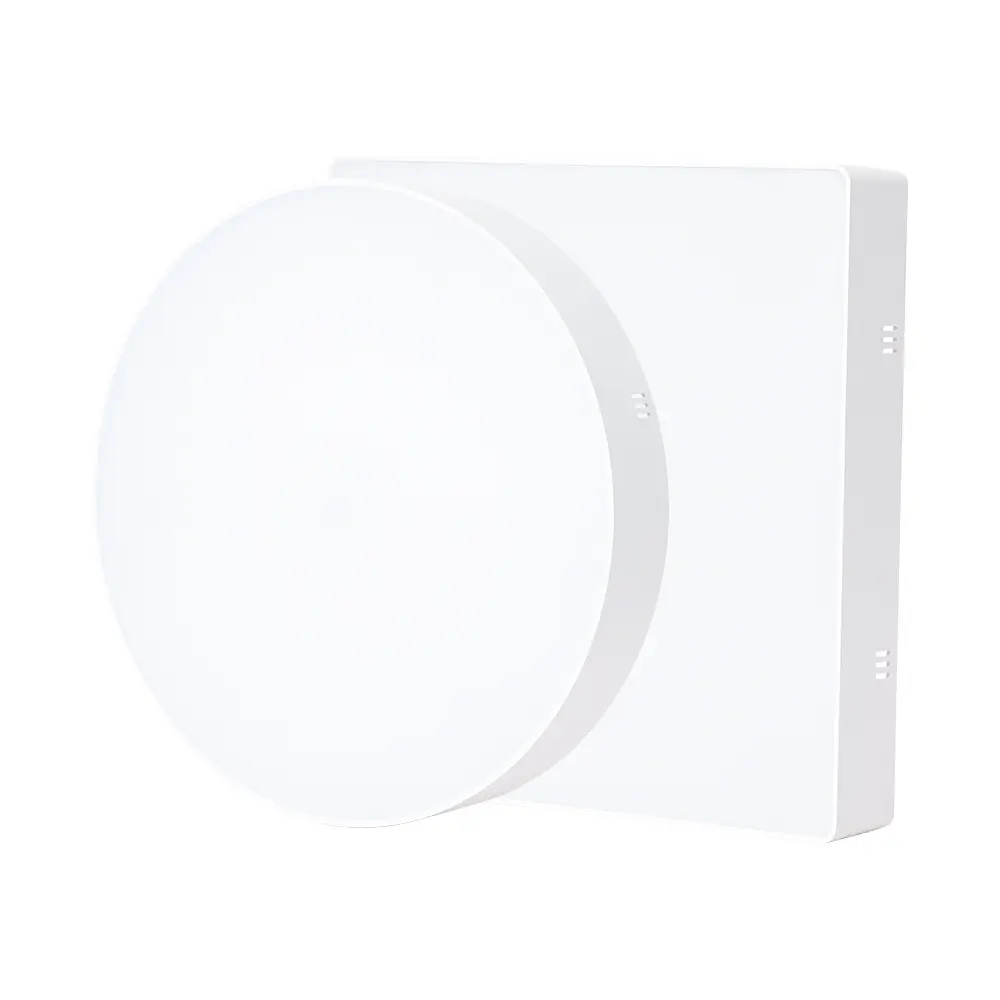

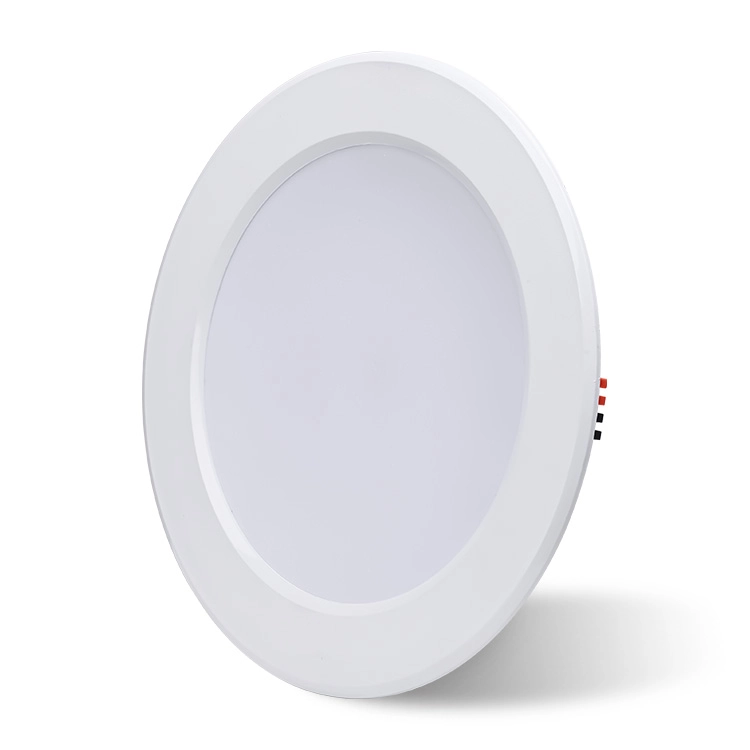
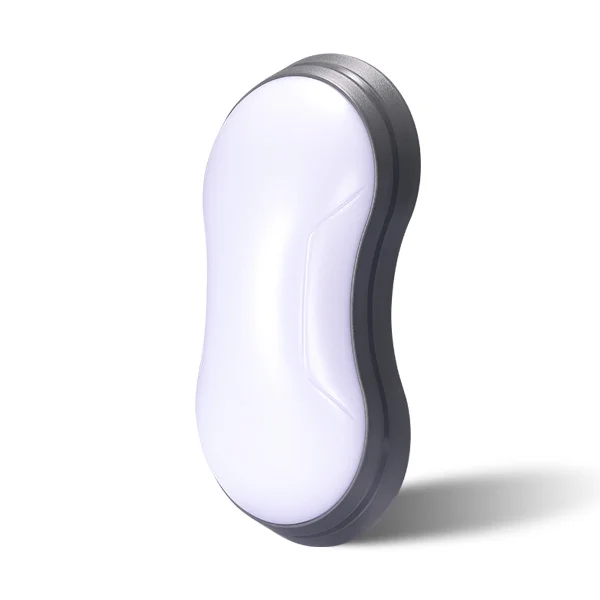

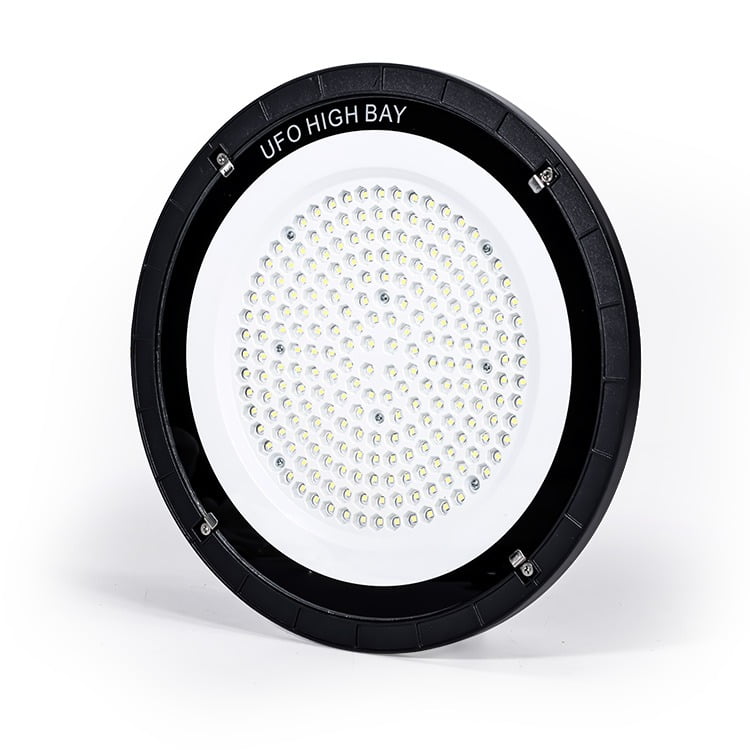
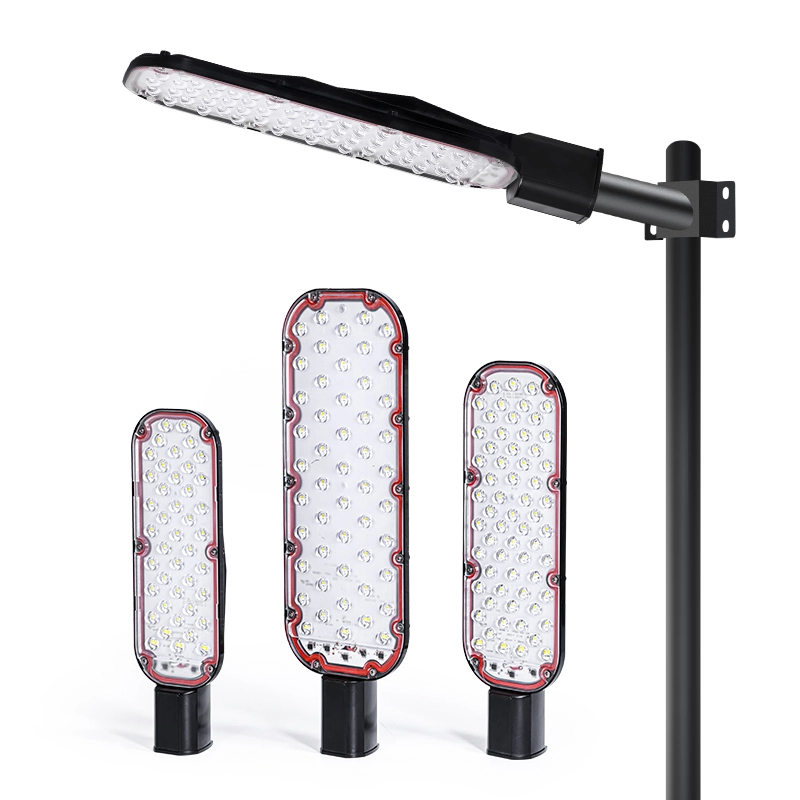

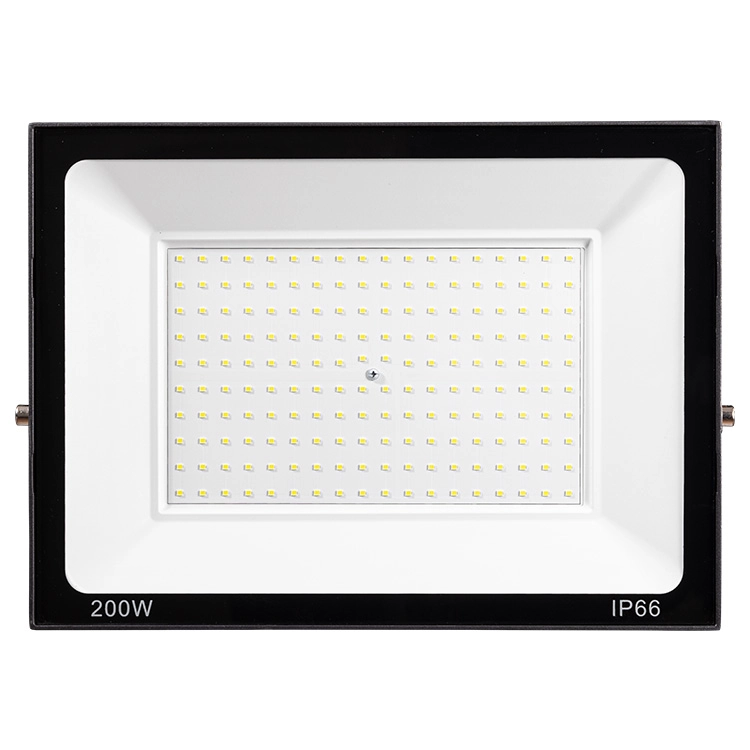
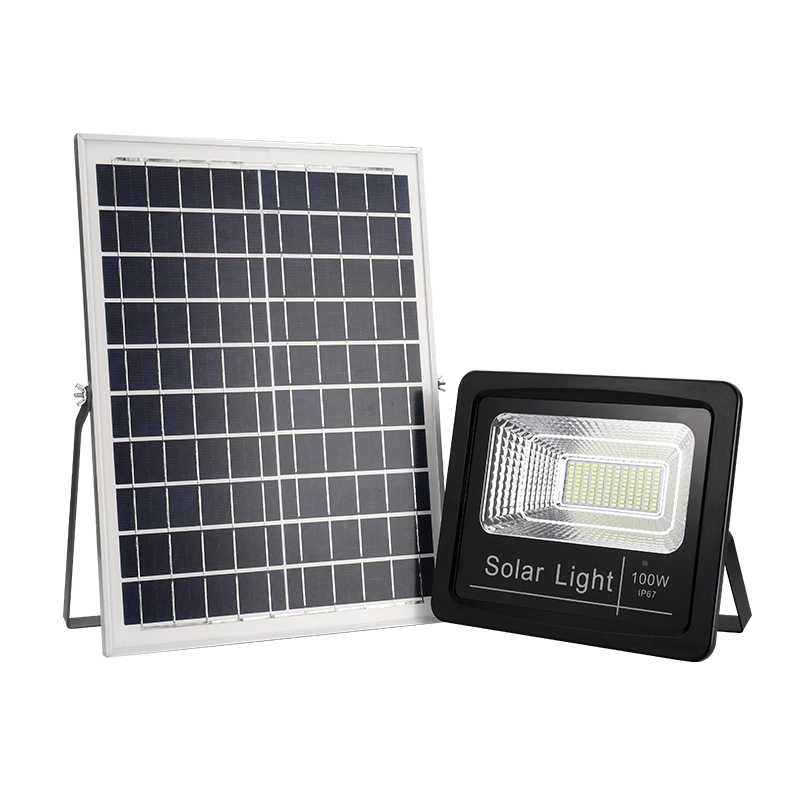
![led design ideas - 17 LED Design Ideas to Transform Your Home [February 2025] - Vorlane led design ideas - 17 LED Design Ideas to Transform Your Home [February 2025] - Vorlane](https://vorlane.com/wp-content/uploads/2025/01/led-design-ideas.webp)
![outdoor lighting ideas - 20 Brilliant Outdoor Lighting Ideas: Transform Yard [2025] - Vorlane outdoor lighting ideas - 20 Brilliant Outdoor Lighting Ideas: Transform Yard [2025] - Vorlane](https://vorlane.com/wp-content/uploads/2025/02/outdoor-lighting-ideas.jpg)
![disadvantages of led lights - Disadvantages of LED Lighting: Reveal Cost, Real Risk [2025] - Vorlane disadvantages of led lights - Disadvantages of LED Lighting: Reveal Cost, Real Risk [2025] - Vorlane](https://vorlane.com/wp-content/uploads/2025/01/disadvantages-of-led-lights.webp)
![Best LED Lights for Home - Best LED Lights for Home: Top Choices [2025] - Vorlane Best LED Lights for Home - Best LED Lights for Home: Top Choices [2025] - Vorlane](https://vorlane.com/wp-content/uploads/2025/01/Best-LED-Lights-for-Home.webp)
![beam angle calculator - Beam Angle Calculator – Simplify Lighting Calculations [2025] - Vorlane beam angle calculator - Beam Angle Calculator – Simplify Lighting Calculations [2025] - Vorlane](https://vorlane.com/wp-content/uploads/2025/01/beam-angle-calculator.webp)
![COB Light vs Panel Light - COB Light vs Panel Light: Understanding the Differences [2025 ] - Vorlane COB Light vs Panel Light - COB Light vs Panel Light: Understanding the Differences [2025 ] - Vorlane](https://vorlane.com/wp-content/uploads/2025/01/COB-Light-vs-Panel-Light.jpg)

![vorlane logo 2:1 for consent banner - Candela vs Lumens: Which Matters for Brightness? [2025] - Vorlane vorlane logo 2:1 for consent banner - Candela vs Lumens: Which Matters for Brightness? [2025] - Vorlane](https://vorlane.com/wp-content/uploads/2024/05/vorlane-logo-2_1-350x100.webp)